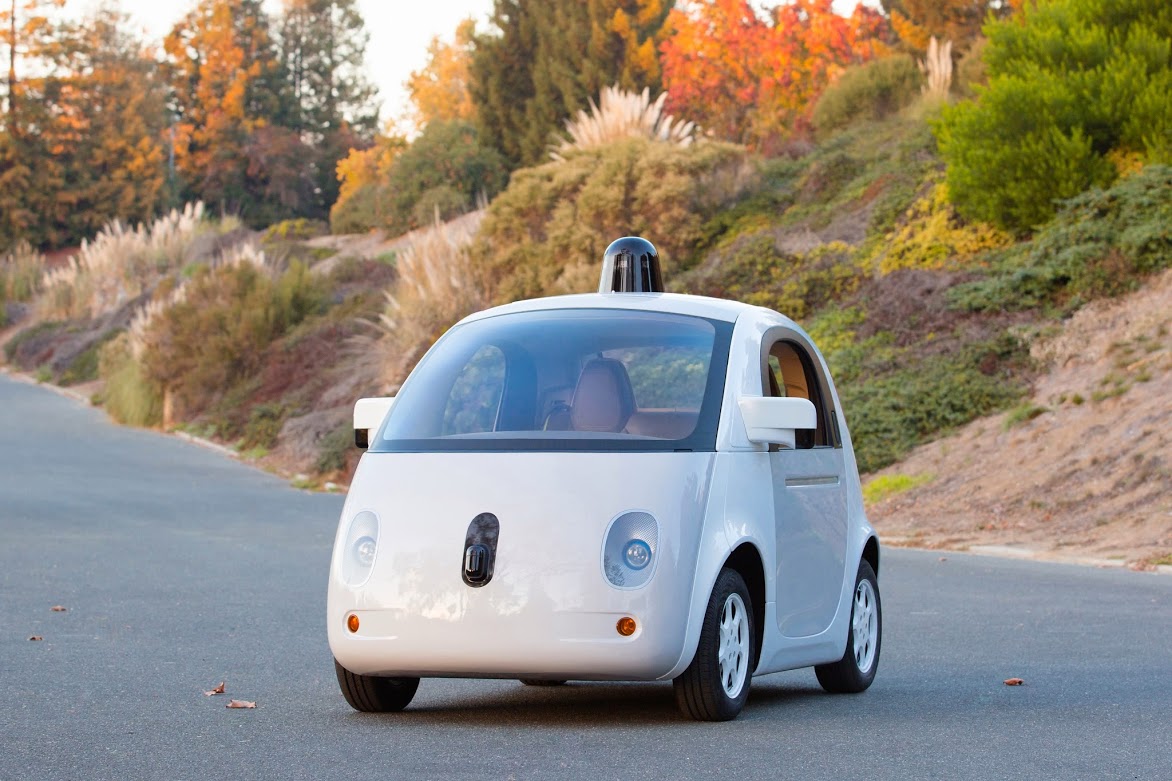A quick scan of any major media outlet (even here) and readers are bound to run into an article about some start-up or Fortune 500 company working on autonomous driving tech.
The autonomous vehicle—which can drive itself in autopilot mode using a variety of in-vehicle technologies—is the shiny plaything of the moment. And this week it landed at the top of Gartner Inc.’s Hype Cycle of Emerging Technologies report, right next to the Internet of Things. The annual report assesses how close new technologies are to mainstream adoption (less than two years away to more than 10 years off). The emerging technologies are plotted onto a chart that measures expectations and interest.
And while much of the attention toward autonomous vehicles is warranted—companies are making continued advancements in self-driving tech—it’s producing some starry-eyed assumptions.
We’ll all be zipping around in vehicles outfitted more like lounges than cars any day now, right? Hardly. And that’s the problem: The gap between emerging self-driving tech and fully autonomous vehicles is much wider than the prominent media coverage might suggest.
Progress in sensors, positioning, imaging, guidance, artificial intelligence, mapping, and communications technologies, combined with advanced software and cloud computing, is bringing autonomous vehicles closer to reality, according to Gartner. However, the complexity of self-driving cars and the associated costs remain high.
Plus, widespread and prominent coverage by mainstream media is leading to unrealistic and inflated expectations, Gartner says in its report.
In reality, autonomous vehicles are five to 10 years away from mainstream adoption, Gartner says. Cost is a primary challenge. Legal and ethical issues such as liability are other hindrances. Gartner predicts that the pace of technology innovations and individual country, state, and global legislation will likely lead to specific, limited-use cases for self-driving vehicles in the short term. For instance, low-speed city driving or highway driving.
The road to autonomous driving will occur in three phases: automated, autonomous, and finally, driverless vehicles, Gartner says. Companies including Audi, Tesla Motors (TSLA), Daimler (DDAIY), and BMW already have autonomous driving features in cars such as lane steering assist. In June, Bosch agreed to join Daimler and car-sharing company car2go in an automated parking project; and this week Tesla released its autopilot software upgrade to some beta testers.
When we do reach the driverless car phase, the economic outlook for entire industries will undergo a massive shift. A Barclays report released in May predicts that in a society dominated by self-driving cars, U.S. auto sales might fall 40% and vehicle ownership could drop 50%, forcing entrenched automakers such as Ford Motor Co. and General Motors to adapt or die. This shift will also create opportunities for tech start-ups and rental car companies.
Other emerging technologies at the top of Gartner’s Hype Cycle include:
- advanced analytics with self-service delivery
- cryptocurrencies
- speech-to-speech translation
- wearables
- machine learning
- digital dexterity
- micro data centers
- smart advisers
